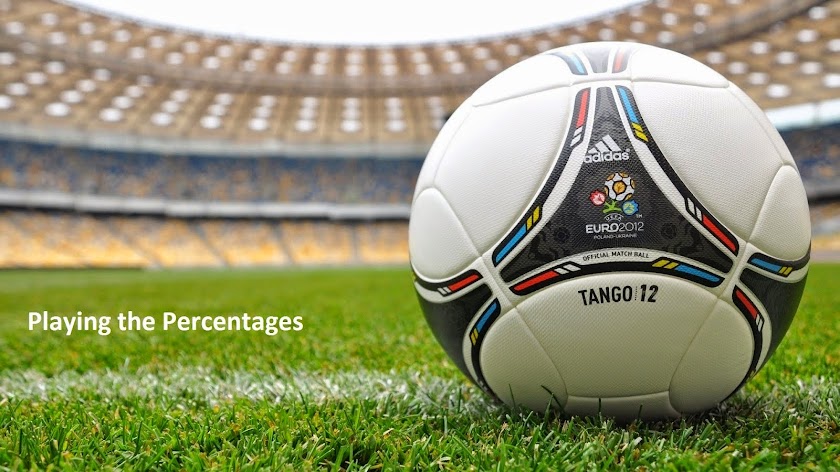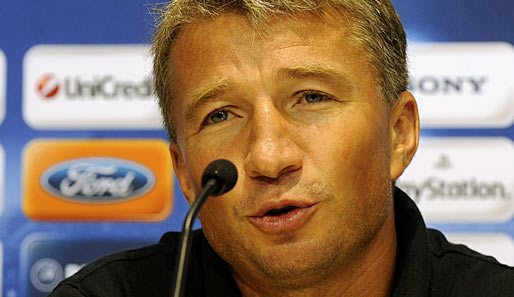The 2015/16 season was a largely frustrating one for fans of
Ipswich Town. Dull football, a poor home record and a spate of late goals conceded
meant that, despite finishing in their 2nd best league position since
2005, many left Portman Road craving more. So, as Town enter their 15th
season at Championship level, where can they look to improve?
Playing style
This is probably the biggest concern amongst Ipswich fans at
the moment. Mick McCarthy’s side, for all of the positives (and it is important
to acknowledge the positives, McCarthy has done a largely exceptional job) can
be truly terrible to watch at times. To his credit, he has addressed these
claims this summer, commenting after the 1-0 win at Colchester:
“I think [the Ipswich fans at Colchester] have seen us play some decent football, trying to develop it a bit better, because at the end of last season, it was annoying me a bit – I wasn’t enjoying it”
The stats don’t make for particularly good reading –
Ipswich had the second worst pass completion rate in the league in 2015/16
(63.9%), hit more long balls than any other team in the league, and only scored
more than two goals on three occasions (all against bottom four sides). This
lack of entertaining football is especially grating for Ipswich fans as we’ve
seen that this side (and it is a mostly unchanged XI) were capable of some
excellent football at times (memories of when we briefly topped the table in
December 2014 with great displays v Middlesbrough and at Brentford come to mind).
McCarthy trialled a more expansive style at the start of
2015/16 season – and in fact the performance at Brentford on the opening day
was probably as good as it got all year, but his patience was stretched too far
after we fell apart defensively in losing 5-1 against a distinctly average
Reading side. The feeling is always there that McCarthy is always at pains to
dismiss criticism of his tactics, but it has never been as obvious as it was
post-Reading that when things aren’t going well, a pragmatic and direct style
is the go-to mechanism for the manager.
Right
back position
One feature of McCarthy’s Ipswich side is his captain,
Luke Chambers. He has played at right back in the vast majority of games in the
last few seasons, having replaced Carlos Edwards in that position (as well as
taking the armband) in the summer of 2014. He has to be commended for his
attitude and willingness in performing at right back since then – he had spent
most of his career (and indeed a relatively successful first season with
Ipswich) at centre half. Whilst there is plenty to like about Chambers, there
is a case to be made for him being a big part of our stylistic problems.
Below is a comparison with successful right backs in the
Championship last season (for reference, a score between 10 and 20 is
considered average by Squawka http://www.squawka.com/what-is-the-squawka-player-performance-rating):
In the 2015/16 season, Luke Chambers gave the ball away
more than any other Championship outfield player (he isn’t alone in that
regard, our left back Jonas Knudsen was 2nd on that list), losing
the ball through passing inaccuracy 325 more times than any other Championship
right back. The expected benefit of moving a central defender to full
back is that he will add defensive solidity, when in fact this doesn’t appear
to be the case. Chambers is the 15th best right back in the league
in terms of successful tackles, and 11th in terms of interceptions.
More and more in recent years the full backs have grown into
hugely important players in football, their style going a long way to defining
a team’s approach in a game. Whilst Knudsen was statistically as bad (if not
worse) than Chambers in 2015/16, he receives some benefit of the doubt for
being new to the league and showing flashes of capability as a left back. The
worry with Chambers is that he looks a long way away from being a regularly
effective full back in this division, especially as a lot of the time he is the
focal point of our transitional play (42% of our attacks in 2015/16 were down
the right-hand side).
At current, the most stacked area in our squad is central
midfield. We currently have eight in our first team squad (Cole Skuse, Luke
Hyam, Jonathan Douglas, Kevin Bru, Giles Coke, Andre Dozzell, Teddy Bishop and Adam
McDonnell). The balance of these players isn’t particularly impressive however;
of those players only the youngsters Bishop and Dozzell look confident carrying
the ball and playing in an attacking role. This lack of drive and flair in the
midfield was especially missing last season with Bishop injured, Dozzell
untested and the chief creative force in the side, forward David McGoldrick,
also unavailable. It seems obvious that at least one of Bishop or Dozzell
should start most games, which means we have an abundance of central
midfielders for either one or two positions. This surplus of midfield shuttlers
seems especially extravagant when we don’t have a winger in the squad who has
played a league game for the club.
Whatever formation and personnel we do end up with this
season, it is imperative that our central midfielders retain and re-use possession
much more effectively. Some of the blame attributed to our wasteful full-backs
above has to go the way of our midfield, with their reluctance to take the ball
off the back four or goalkeeper.
The feeling during the whole of McCarthy’s reign is that the
midfield has been a work in progress, back to the days of Guiraine N’Daw and
Hyam giving us much needed stability in his first season when we were battling
against relegation, through the introduction of Jonny Williams (and later
Bishop) to give us a different outlet. Whilst our side is never going to
dominate games with 70% or 80% possession, hopefully an easier-on-the-eye style
is possible this season.
In the next part of the blog I’ll be discussing positives,
resolutions and potential playing styles and transfers.








